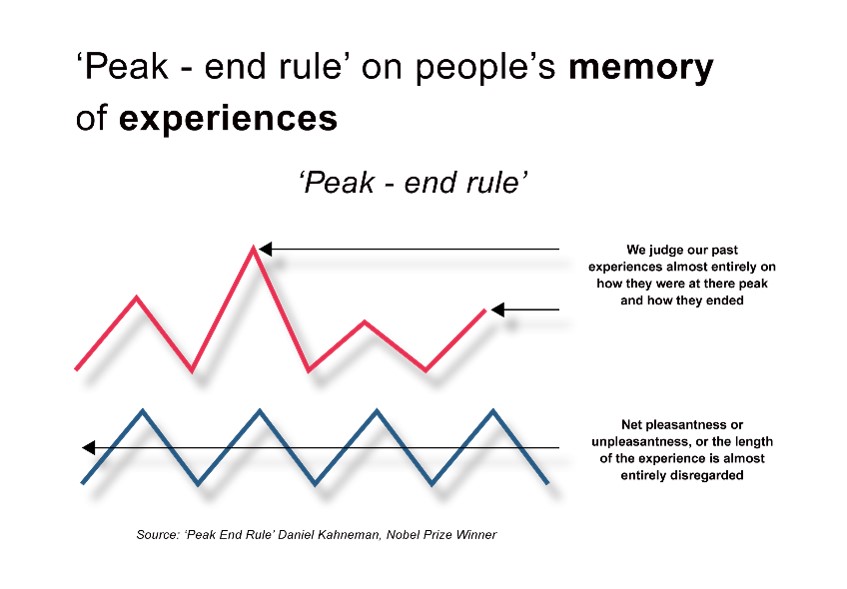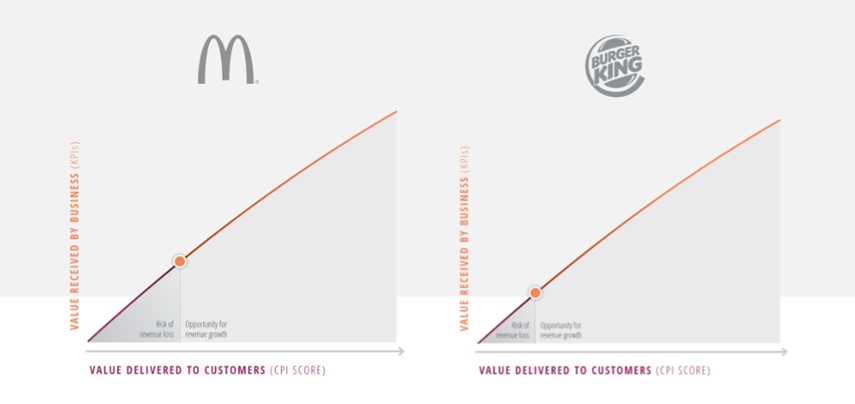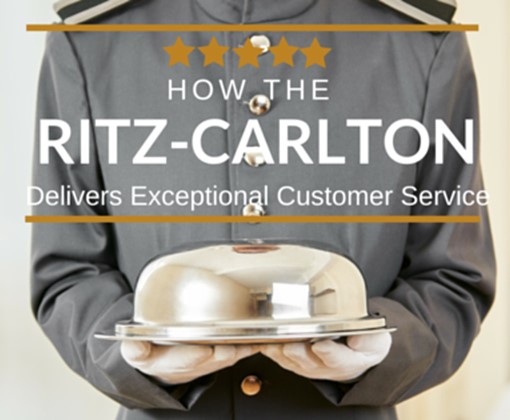Blog
Boost your customer experience in 5 steps
Five key principles to deliver an excellent customer experience and win in today’s competitive battleground.


Tom De Ruyck
02 August 2023
6 min read
CX is the new battlefront for your brand. Against the backdrop of a cost-of-living crisis, people’s priorities keep changing and this also impacts how they interact with brands. While 87% of companies claim to provide an excellent customer experience (CX), only 11% of consumers agree that companies did an excellent job. So, how can brands bridge this gap and excel in CX? In this blogpost, we share five key principles to help you create a great CX journey.
1. Start and end with people
To deliver on CX, you need to be human-centric, looking at the person behind the customer and understanding their needs. Research by Salesforce has shown that 72% of customers expects companies to understand their unique needs and expectations. 66% would even switch brands if they felt treated like a number instead of an individual. Depending on their personal context or occasion, customers’ needs can also change. What someone considers to be a convenient food solution might be different during office hours than when at home in the evening. So, people’s expectations towards brands are layered, focusing on functional, emotional and social needs. To deliver on CX, it is vital that you develop an in-depth understanding of these layered needs.
Empathy – or the ability to understand someone else’s situation, feelings, and motives – is another key aspect when it comes to delivering a great customer experience. An example of a brand that clearly invests in building empathy is Apple. Employees that provide device support in Apple’s Genius Bars are trained to listen to their consumers (the Apple Genius Training Manual includes a basic guide to empathy), and they learn to use certain phrases and monitor a consumer’s body language when on the sales floor.
The current cost-of-living crisis only increases the importance for brands to interact with people in an empathic, but authentic way. As part of its ‘Show Off Your Savvy’ campaign, Ikea UK organises the Savviest Day Out. This initiative helps families have fun together during the school holidays without having to spend lots of money. They can simply pick up a treasure map which will guide them around the shop via all kinds of interactive challenges – think about creating shadow puppets, designing a robot, or measuring their height in teddy bears. During the holidays, Ikea also offered a children’s meal and drink at a 70% discount.

2. Focus on the problem, not the solution
Only by empathizing deeply with your audience – instead of blindly focusing on finding a solution – can you deliver a compelling customer experience. CX challenges start too often with a solution in mind. “We want to build an app”, “We want to reduce our waiting lines”. The key is to define, articulate and prioritise the customers’ challenges, and use those as your North Star when developing CX solutions.
The ‘Jobs to be Done‘ (JTBD) framework is a methodology that is often used to get a clear understanding of customer pain points. It zooms in on higher-level tasks (customer jobs) that people wish to accomplish. For example, a passenger doesn’t want a ride in an Uber, they want to get to a place. A construction worker doesn’t want to push a wheelbarrow, he wants to move building material from one spot to the next. A homeowner does not want a drill, but a hole in the wall for their most recent family picture. A job is a fundamental problem a customer needs to resolve in a given situation, and thus the starting point of your CX work or improvement.
3. Leapfrog continuously
People judge their experiences based on their (positive or negative) peak, and especially on how they ended. This so-called ‘peak-end rule’ explains why a horrific flight home can ruin an otherwise perfect holiday, or why every band on earth plays their greatest hit in the final encore. You need to identify these ‘moments of truth’ in your customer journey to drive value.

And this is a continuous process, as any best experience sets the expectation for any future experience. Today, people compare a doctor’s appointment with their latest visit to the Apple shop; they wonder why an airline check-in experience can’t be closer to how they are welcomed at Disneyworld, and why walking into a bank is not more like visiting Luckin Coffee or Starbucks. This effect is labeled ‘liquid or fluid expectations’, a term first coined by Accenture. Customer expectations are thus no longer limited by the borders of a country, a region or an industry.
CX is thus dynamic and not static. It requires an ongoing mindset of identifying the moments of truth in your journey and exceeding expectations of your customers. It’s about continuously leapfrogging.
4. Create reciprocal value
While KPIs (Key Performance Indicators) have become an invaluable tool, they can often make businesses lose sight of their most precious asset – the customer. Research by Gongos (part of Human8) shows that on average brands only deliver 22% of the potential value to customers. For brands it is vital to shift their focus from KPIs to CPIs (Customer Performance Indicators), measuring how well a business performs against the goals that are most important to the customer. During research across 175+ well-known brands, we found that businesses that help customers achieve these types of goals stand to have a greater growth potential. An example is the 60-year-old ongoing burger war between McDonald’s and Burger King. When it comes to CPIs, McDonald’s has a clear advantage over Burger King – McDonald’s diversified menu gives people more options, and they also take the throne on ‘makes my life simpler’ and ‘saves me time’. But both giants stand to gain more value from current and future customers if they focus on emotional – and even social – drivers. They have far to go in fulfilling the humanistic goals that consumers crave more and more today.

5. Build organisational readiness
Customer experiences are holistic and the responsibility of multiple departments. Imagine a person starting their journey by seeing an ad, then they interact with sales and perhaps a commercial function, and then customer support. That customer journey crosses various organisational silos, with multiple departments contributing to the CX. It is therefore essential to foster stakeholder collaboration and remove organisational silos. This starts with empowering employees and providing them with the right tools and culture to succeed in CX. A famous example here is The Ritz-Carlton. Since the ‘80s, this hotel chain has given its staff $2,000 (per employee and per incident) to solve any consumer complaint in the way the employee finds appropriate. But the full $2,000 is hardly ever used – the average used is much lower. It’s highly motivating and empowering for the hotel’s staff to be encouraged to make decisions in the moment to quickly resolve a guest issue, or to make an experience beautiful and memorable, or both. The employees at The Ritz-Carlton know they can do this on their own, regardless of their level, without having to go through leadership for approval.

CX is the next competitive battleground for brands to differentiate themselves. Research by IDC has shown that 77% of brands sees CX as a key competitive differentiator. Are you ready to apply these five principles and excel in CX?
This blogpost is based on a report we created in collaboration with Beeckestijn Business School. The full report (in Dutch) can be downloaded here.
Let’s connect